Choosing the Right Check Valve: A Practical Guide
How to select a check valve? In order to prevent the medium from flowing back, check valves should be installed on equipment, devices and pipelines;
Application scenarios
1. Water supply network of high-rise buildings: Butterfly double-flap check valves are suitable for water supply networks of high-rise buildings, networks with certain chemically corrosive media, networks with limited installation space, and sewage networks.
2. Water supply and drainage projects: Lift-type silent check valves are suitable for networks with high quality requirements for water supply and drainage projects, and networks with relatively high pressure requirements (PN2.5Mpa). They can be installed at the outlet of the pump and are economical and practical anti-water hammer check valves; lift-type silencer check valves are suitable for water supply and drainage systems, high-rise building networks, and can be installed at the outlet of the pump. With a slight change in structure, they can be used as water suction bottom valves, but are not suitable for sewage networks; swing-type rubber check valves are suitable for domestic water networks, but are not suitable for sewage with a lot of sediment.
3. Industrial pipeline system: The swing single-flap check valve is suitable for water supply systems, petroleum, chemical industry, metallurgy and other industrial sectors where installation space is limited; the ball check valve is suitable for medium and low pressure pipelines, can be made into large diameters, and its shell material can be made of stainless steel. The hollow sphere of the seal can be wrapped with polytetrafluoroethylene engineering plastics, so it can also be used in pipelines of general corrosive media, and is suitable for occasions where various media are transported in industrial pipelines.
4. Water pump inlet and outlet: For the water pump inlet pipeline, it is advisable to use a foot valve. The foot valve is generally only installed on the vertical pipeline of the pump inlet, and the medium flows from bottom to top; in places where compressible fluids flow rapidly and need to prevent backflow, such as compressor outlets, a lifting check valve can be used.
5. Pipelines prone to water hammer: The diaphragm check valve is suitable for pipelines prone to water hammer. The diaphragm can well eliminate the water hammer caused by the backflow of the medium. It is generally used on low-pressure and normal temperature pipelines, especially for tap water pipelines.
Selection points
1. The medium characteristics are generally suitable for clean media, and are not suitable for media containing solid particles and high viscosity.
If there is a corrosive medium in the system, a corrosion-resistant check valve needs to be selected. Corrosion-resistant materials such as stainless steel can be used to prevent the valve from being corroded. When selecting a check valve for incompressible fluids, the required closing speed must be evaluated first, and the second step is to select the type of check valve that may meet the required closing speed. If the medium flow range is large, a deceleration device can be used for the check valve for compressible fluids; if the medium flow stops and starts quickly continuously, such as the outlet of a compressor, a lift check valve is used. The medium is a fluid of different properties such as water, steam, gas, corrosive media, oil, and medicines. The check valve of the corresponding material and structure should be selected. The swing check valve can be used for any working medium according to the material of the shell and seal, and the medium working temperature range is between -196-800℃.
2. When the nominal diameter DN≤40mm, a lift check valve should be selected (only allowed to be installed on horizontal pipes).
When DN = 50 - 400mm, a swing check valve is suitable, but it is not allowed to be installed on a vertical pipe where the medium flows from top to bottom.
When DN ≥ 450mm, a buffer type (Tillting - Disc) check valve is suitable.
For high and medium pressure check valves below DN50mm, vertical lift check valves and straight lift check valves are suitable; for low pressure check valves below DN50mm, butterfly check valves, vertical lift check valves and diaphragm check valves are suitable; for high and medium pressure check valves with DN greater than 50mm and less than 600mm, swing check valves are suitable; for medium and low pressure check valves with DN greater than 200mm and less than 1200mm, wear-free ball check valves are suitable; for low pressure check valves with DN greater than 50mm and less than 2000mm, butterfly check valves and diaphragm check valves can be selected.
3. Pressure and temperature The pressure rating of the check valve should match the pressure rating of the pipeline system. Select a suitable check valve according to the working pressure of the system. The nominal pressure of the lifting check valve can reach 42MPa, which can adapt to higher pressure environments; ordinary civil pipeline systems may use a check valve with a nominal pressure of 1.6-2.5MPa.
Select a suitable check valve according to the working temperature of the system. Check valves of different materials have different working temperature ranges. The working temperature of carbon steel check valves is ≤425℃; the working temperature of stainless steel check valves is ≤200℃; the working temperature of chromium-nickel-titanium steel check valves is ≤550℃, etc.
4. Position and space: Lift check valves can only be installed on horizontal pipes, horizontal check valves should be installed on horizontal pipes, and vertical check valves should be installed on vertical pipes; the installation position of swing check valves is not restricted, and they can be installed on horizontal, vertical or inclined pipelines. If installed on vertical pipelines, the medium flow direction should be from bottom to top; the installation position of butterfly check valves is not restricted, and they can be installed on horizontal pipelines, vertical or inclined pipelines.
Consider the size of the installation space and select a check valve of appropriate size and structure.
5. Check function requirements: Ensure that the check valve has a reliable check function, and its check function should be able to withstand the maximum working pressure and maximum working flow in the system. For pipelines that require relatively small or no water hammer when closing, slow-closing swing check valves and slow-closing butterfly check valves should be selected.


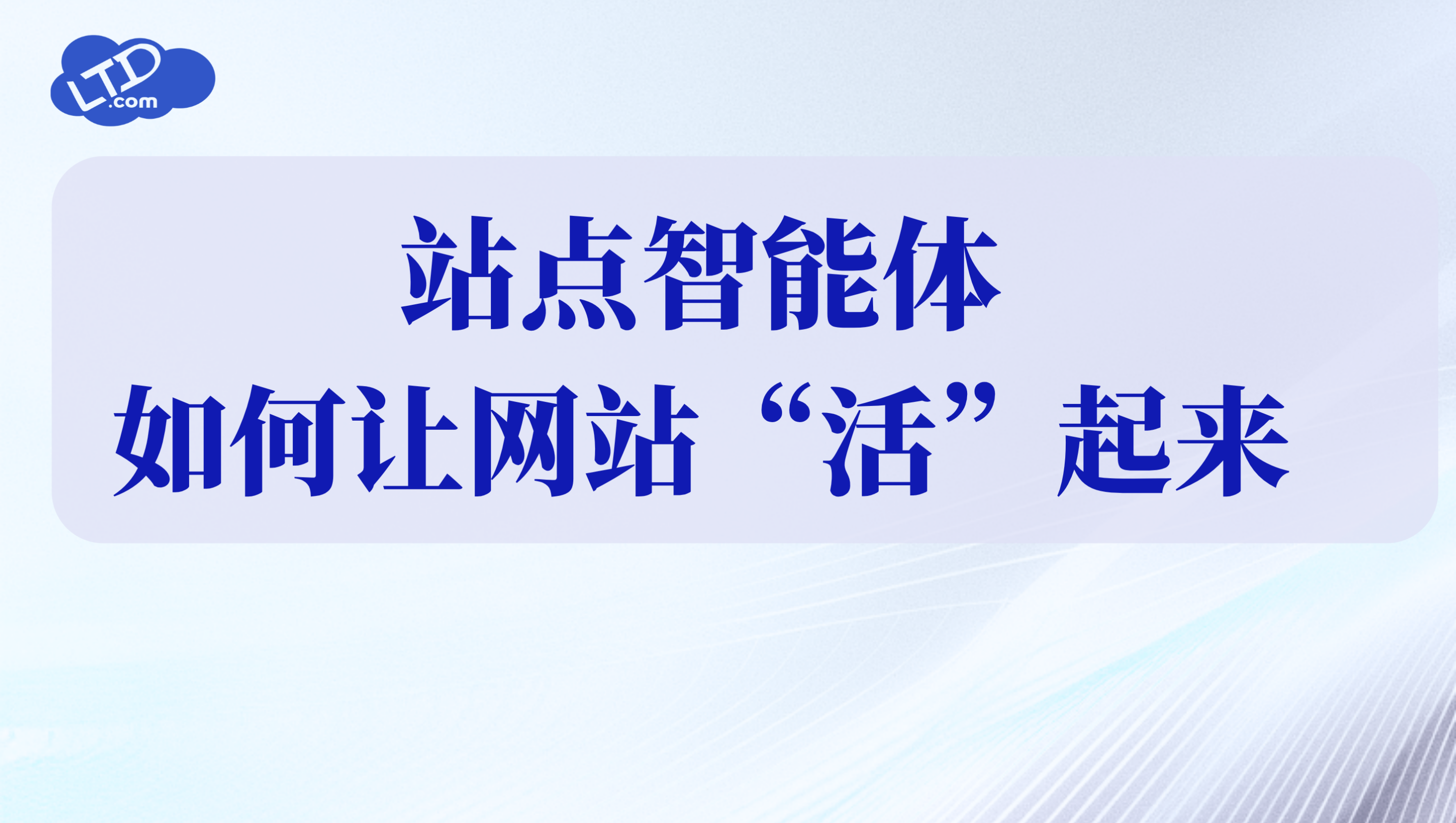


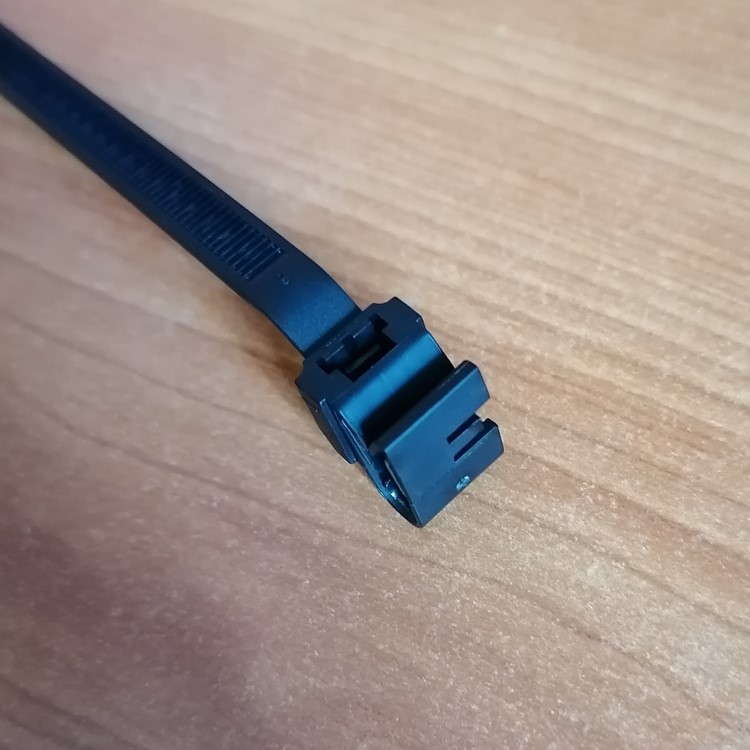

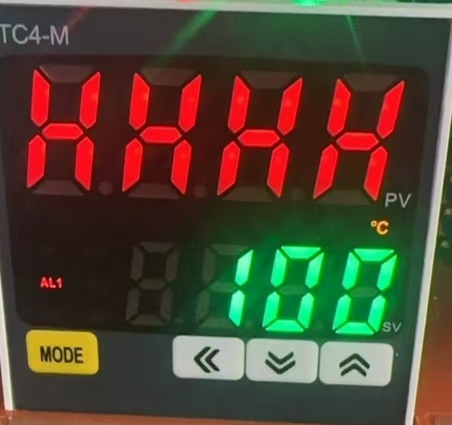

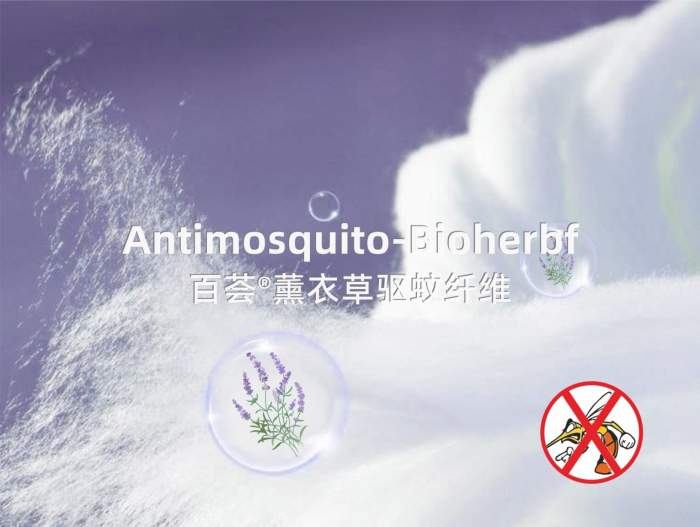


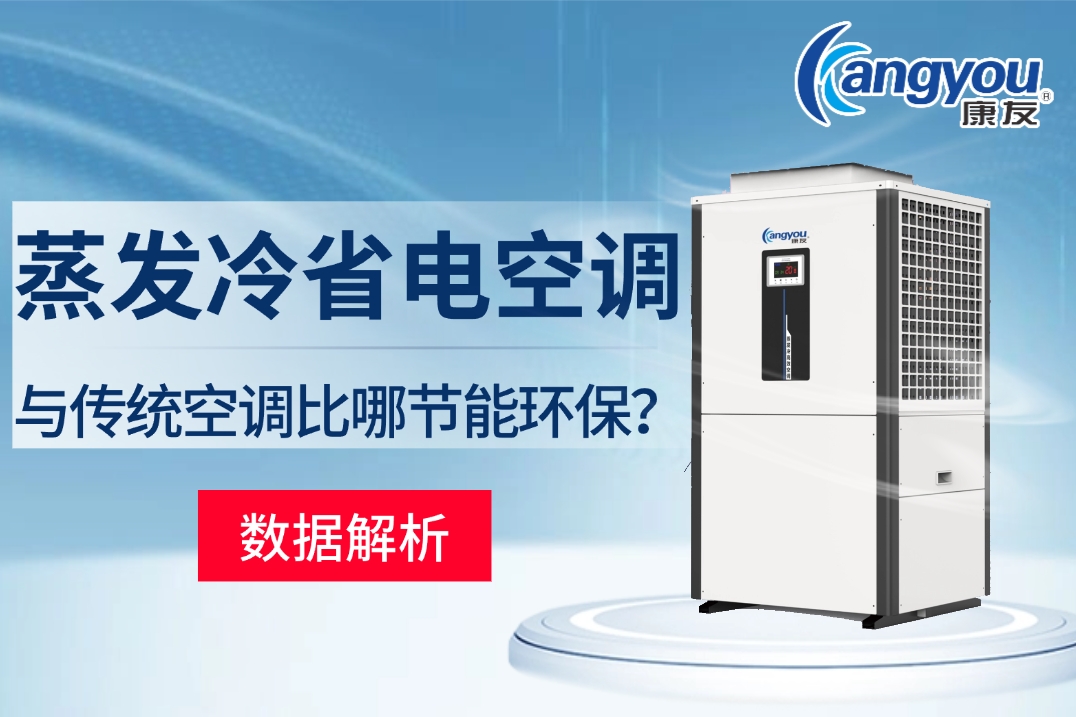
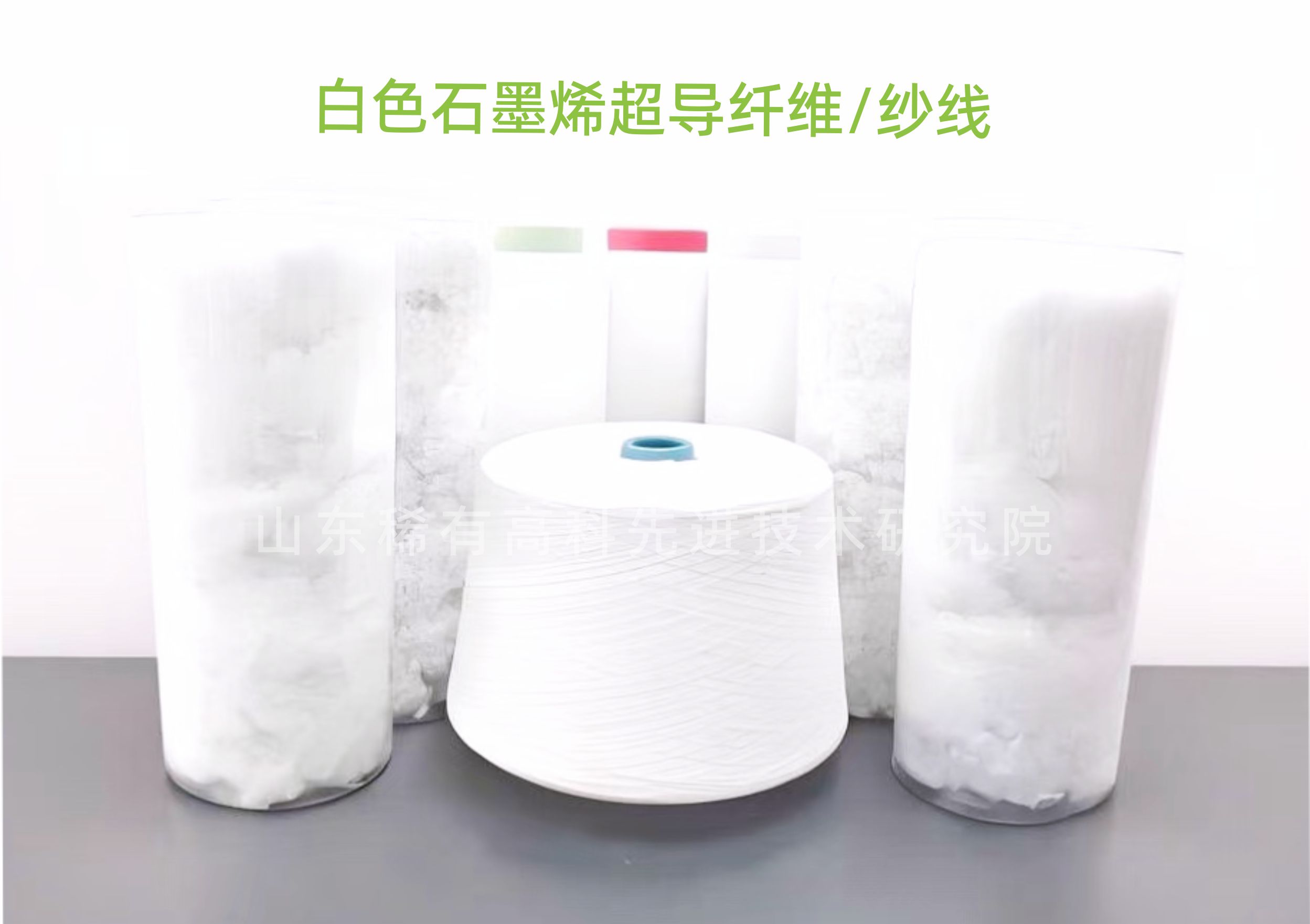




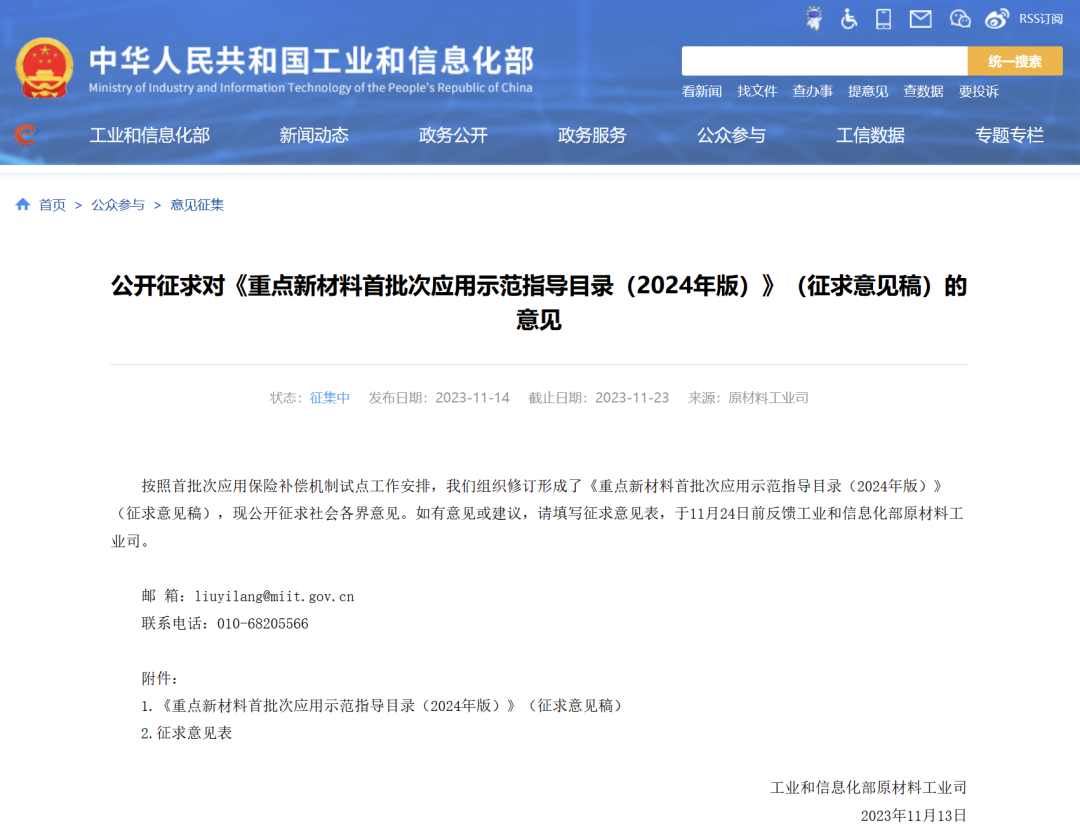

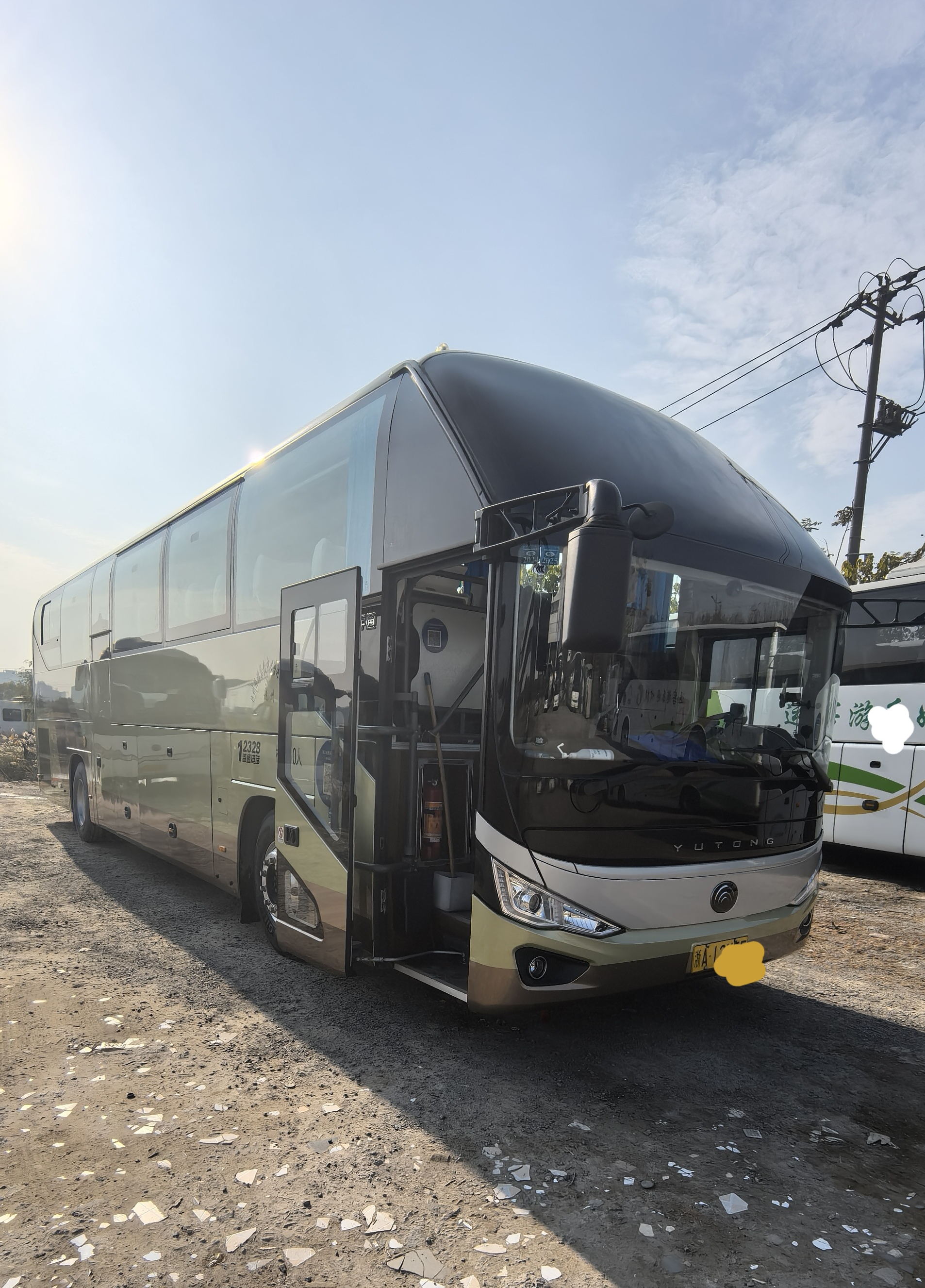

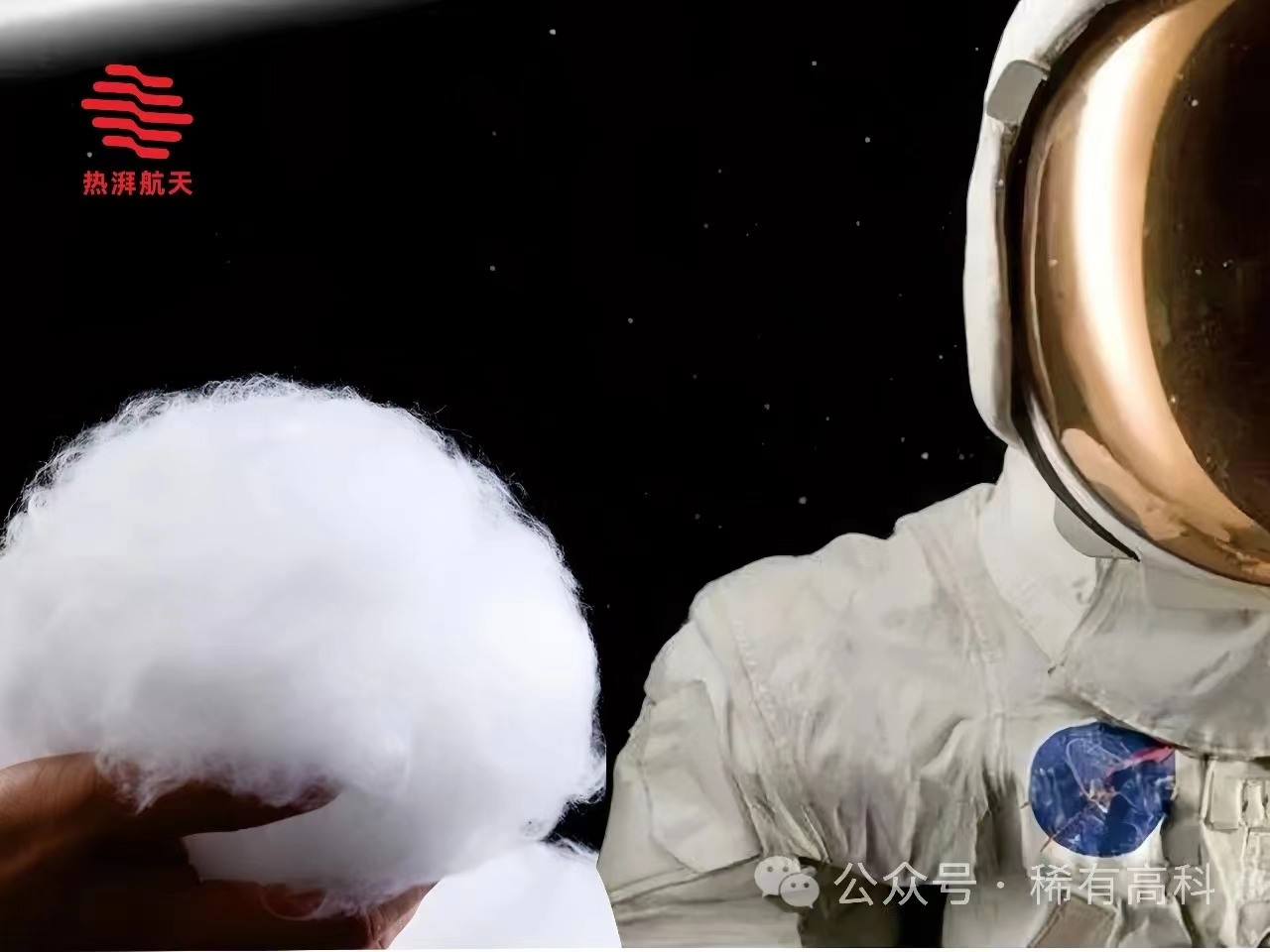
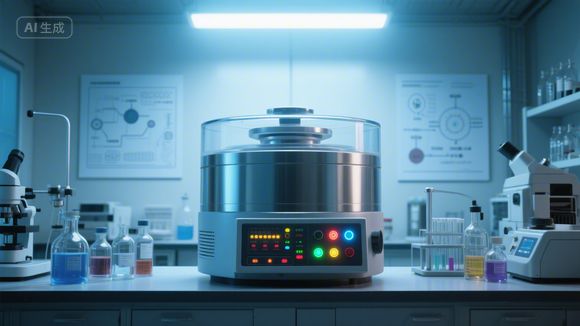
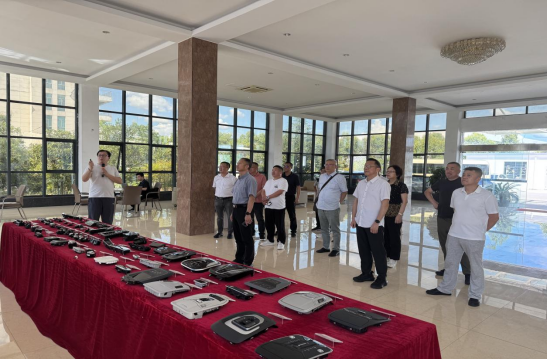
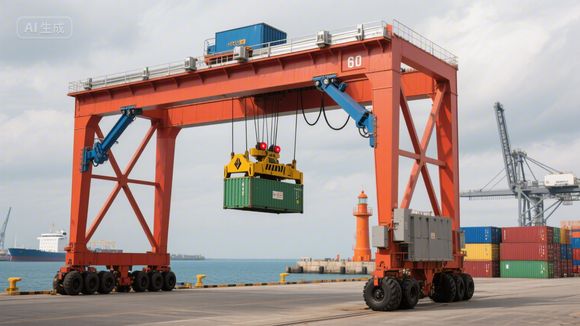


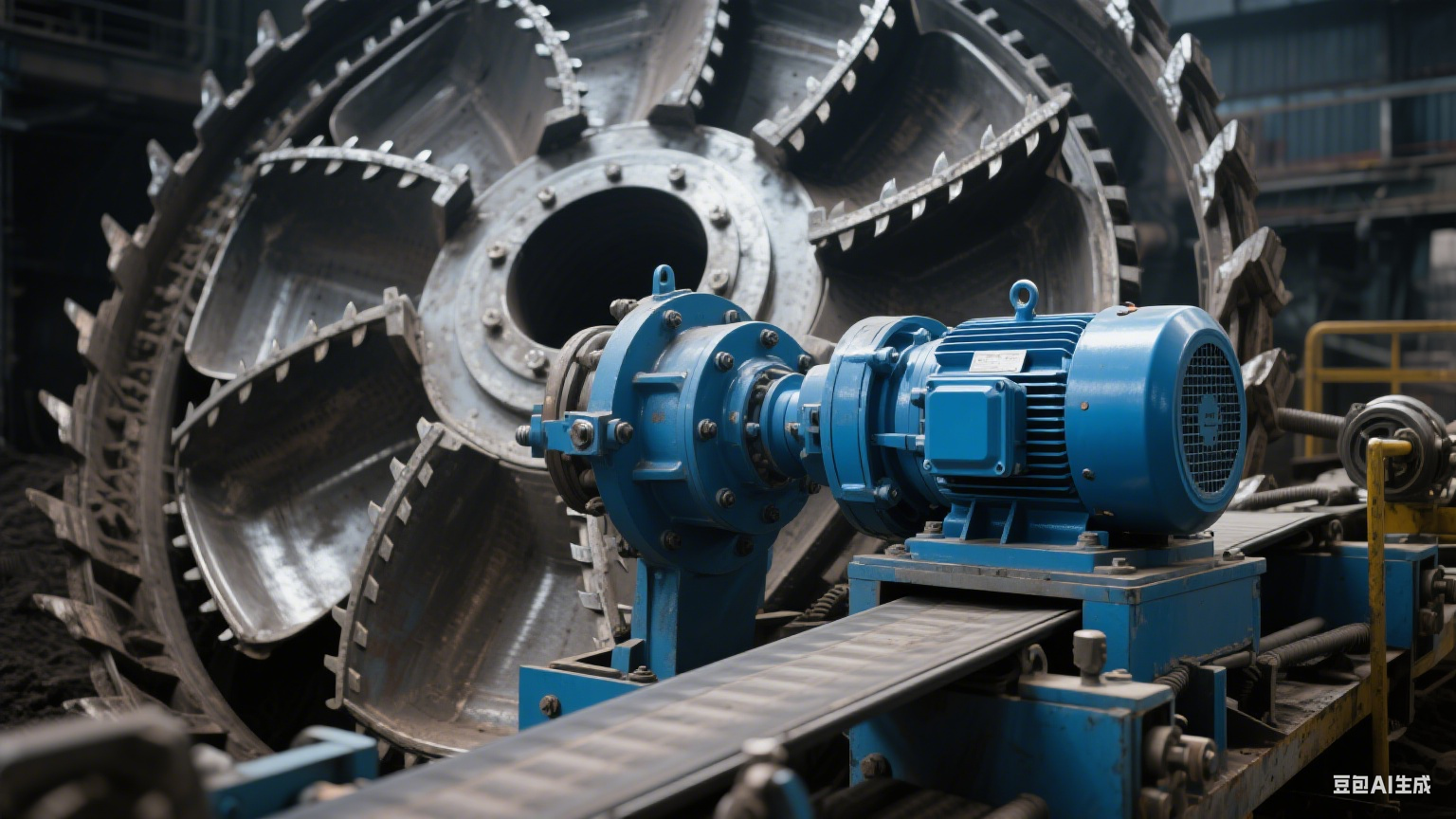
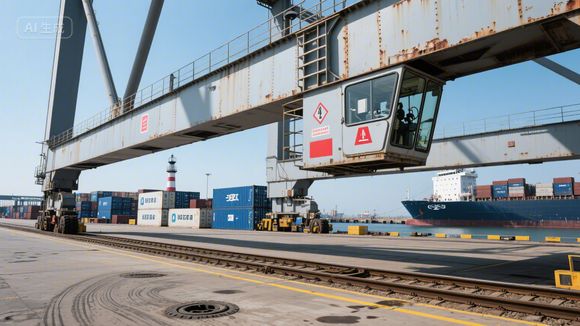

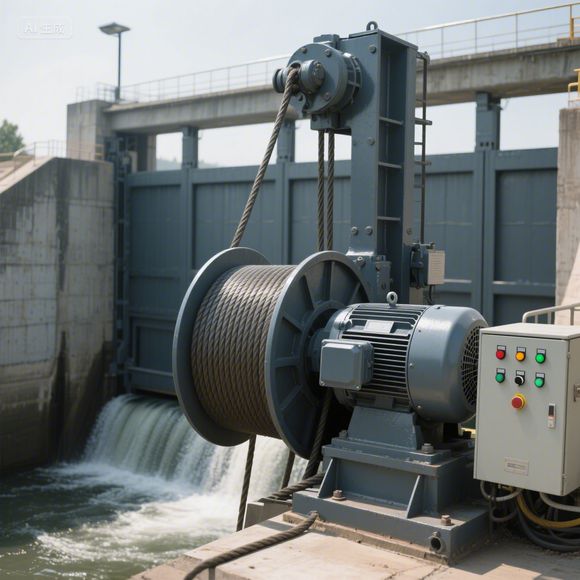


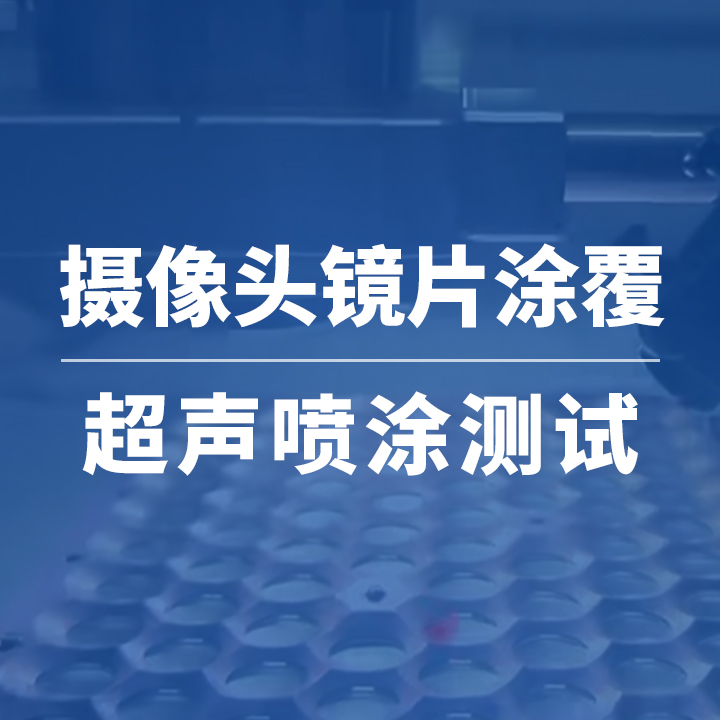
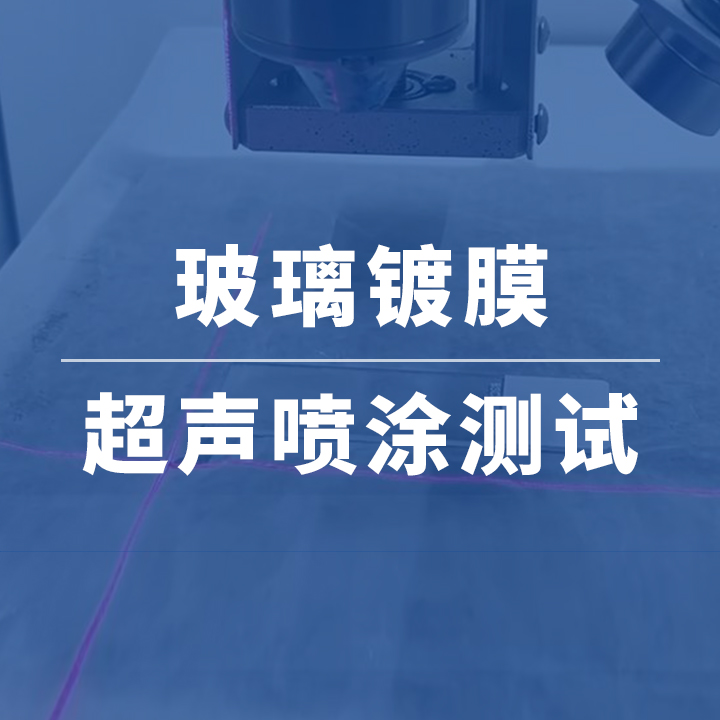





请先 登录后发表评论 ~